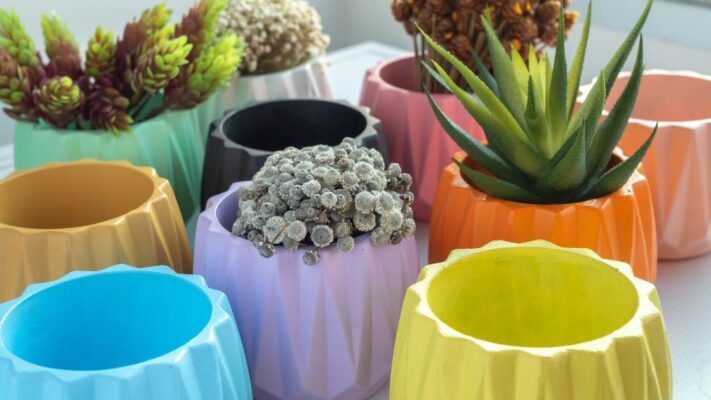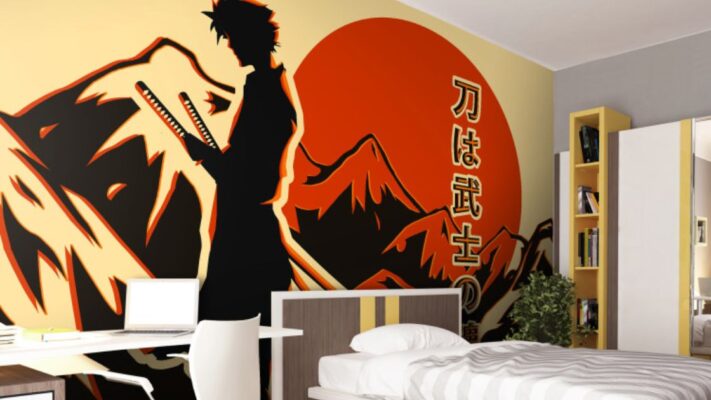Planters serve as more than just containers for plants; they are also decorative pieces that can elevate the aesthetic appeal of any space. With advancements in technology, particularly 3D printing, crafting custom planters has become more accessible and exciting. This article provides an in-depth exploration of the process involved in designing and producing personalized planters using 3D printing technology, covering everything from design considerations to post-processing techniques.
Contents
What You Need?
Before diving into the process, gather the following materials and tools:
- 3D Printer: Choose a reliable 3D printer capable of producing detailed and durable prints.
- Filament: Select PLA, PETG, or wood-based filament based on your preferences for durability and aesthetics.
- Design Software: Utilize design software like Tinkercad, SketchUp, or Autodesk Fusion 360 to create your planter design.
- Sandpaper or File: For post-processing, have sandpaper or a file on hand to smooth rough edges.
- Surface Finish: Consider paint, varnish, or waterproof sealant for adding a finishing touch to your planter.
- Drill (optional): If necessary, have a drill available for creating drainage holes in the planter.
How To Make 3D Printed Customized Planters From SVG Files?
Designing the Planter
Designing a custom planter begins with conceptualizing its shape, size, and visual elements. Utilizing design software such as Tinkercad, SketchUp, or Autodesk Fusion 360 allows individuals to bring their ideas to life in three dimensions. Whether aiming for a sleek modern look, an intricate geometric design, or a nature-inspired motif, the design possibilities are virtually limitless. Factors such as drainage requirements, surface texture, and compatibility with the chosen printing material must be taken into account during the design phase.
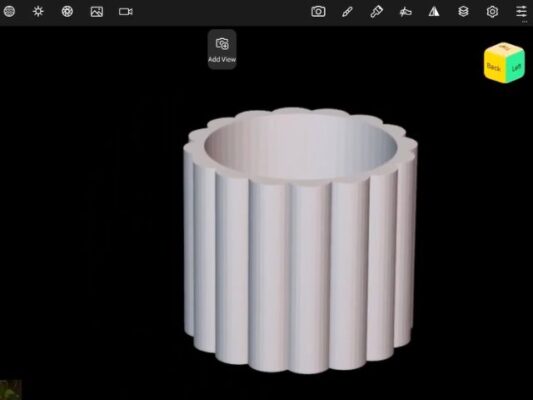
Material Selection
Selecting the appropriate material is pivotal in achieving both functionality and aesthetics in the final planter. Common materials used in 3D printing planters include PLA, ABS, PETG, and wood-based filaments. PLA, known for its biodegradability and ease of printing, offers a wide range of color options. PETG provides enhanced durability and weather resistance, making it suitable for outdoor applications. Meanwhile, wood-based filaments lend a natural and organic appearance, ideal for seamlessly integrating with greenery.

Printing Process
Once the design is finalized and the material chosen, the planter design is ready for 3D printing. During this phase, it is essential to optimize printer settings such as layer height, infill density, and print speed to achieve the desired level of detail and structural integrity. Depending on the complexity and size of the design, printing may take several hours to complete. Iterative testing and adjustments may be necessary to refine printing parameters and achieve optimal results.
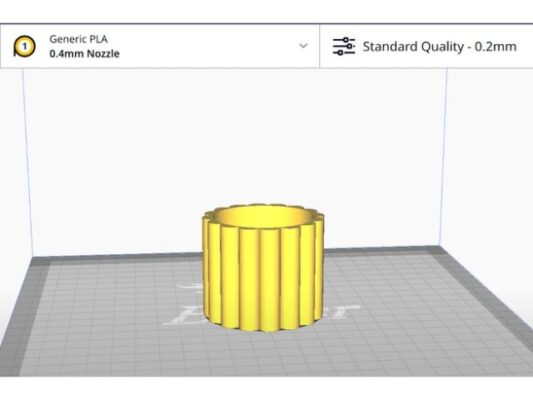
Post-Processing and Finishing
After printing, the planter may require post-processing to remove support structures, smooth rough edges, and prepare the surface for planting. Techniques such as sanding, filing, and heat treatment can be employed to refine the appearance and texture of the planter. Additionally, surface finishes such as painting, varnishing, or applying a waterproof sealant can enhance durability and aesthetics. Finally, drainage holes can be added to the bottom of the planter to ensure proper drainage and prevent waterlogging.

Planting and Display
Once the planter is finished, it is time to fill it with soil and plant selection. Whether opting for vibrant flowers, verdant succulents, or aromatic herbs, the choice of plants further personalizes the planter and complements its design. Once planted, the planter can be showcased indoors on windowsills, shelves, or tabletops, or outdoors on balconies, patios, or garden beds. The custom planter not only serves as a functional vessel for plants but also as a unique decorative piece that adds character and charm to any environment.
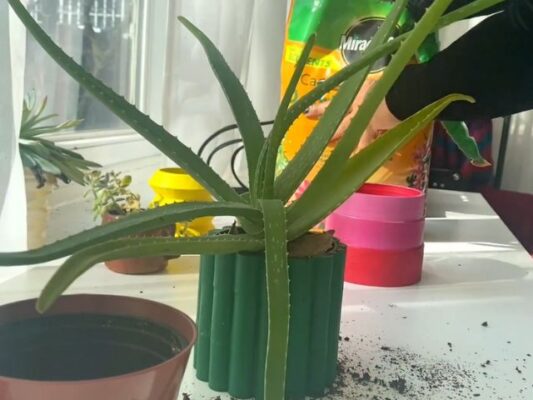
Crafting customized planters through 3D printing offers a creative and innovative approach to home decor. By leveraging digital design tools, materials, and printing techniques, individuals can design and produce planters that reflect their unique style and preferences. Whether used to introduce greenery to urban spaces, showcase favorite plants, or gift personalized creations to loved ones, the possibilities with 3D printed planters are limitless. With a blend of creativity, design proficiency, and technical expertise, anyone can transform their plant-related visions into tangible and captivating objects of beauty.
Related Posts





